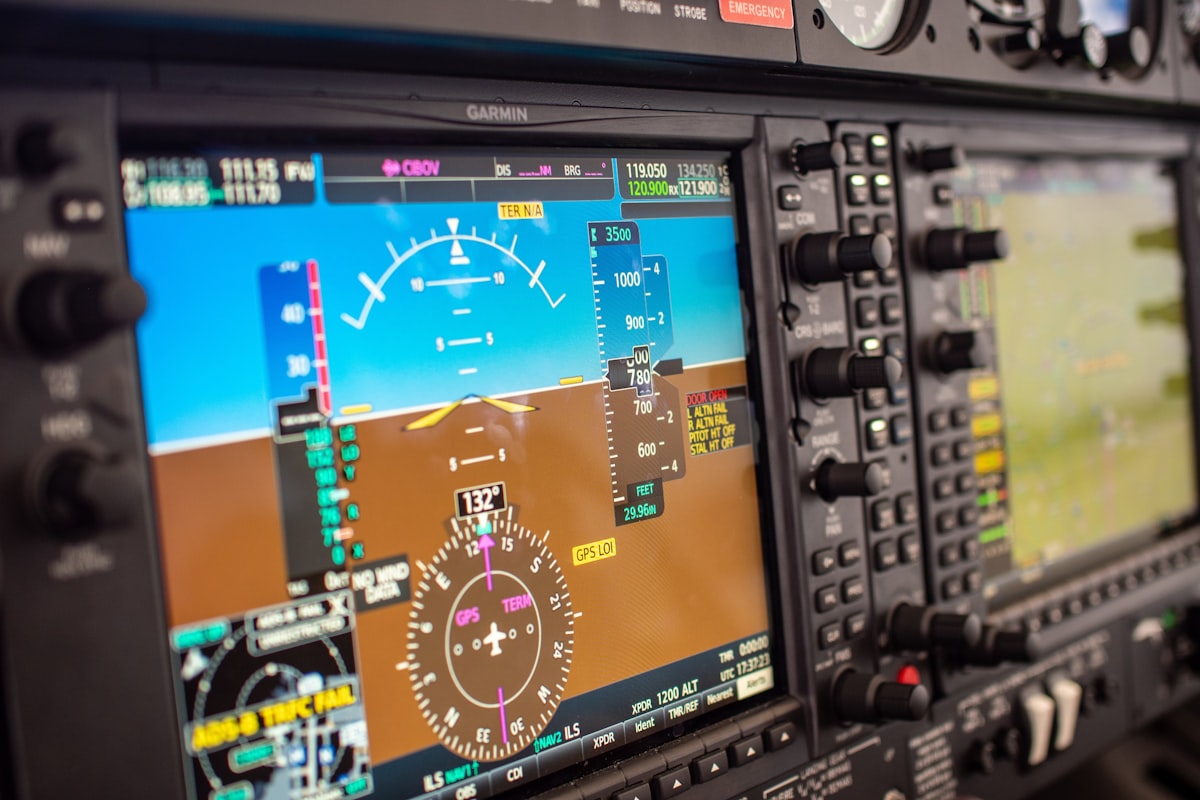Flight Information Display System
Flight Information Display Systems (FIDS) are critical components in modern airports. They provide real-time flight information to passengers and staff. These systems help streamline airport operations and improve traveler experience. FIDS display information such as flight arrivals, departures, gates, delays, and cancellations.

How FIDS Works
FIDS collect data from various sources. Airlines provide flight schedules and status updates. Air traffic control contributes information on airspace management and ground movements. The data is then processed and displayed in an easy-to-read format.
These systems rely on robust software and hardware. The software integrates information from multiple databases and ensures accurate display. Hardware components include screens, servers, and network equipment.
Types of Displays
- LCD Screens: Common in most airports. They offer high resolution and visibility.
- LED Screens: Used for large, outdoor displays. They are bright and durable.
- Touchscreen Kiosks: Interactive and user-friendly. Often provide additional information like airport maps and services.
Data Sources
The primary source of flight information is the airline’s operational database. This includes scheduled times, estimated times, and real-time updates. Air traffic control systems provide data on incoming and outgoing flights. Ground handling services update gate assignments and boarding statuses.
In larger airports, FIDS integrate multiple data streams. This includes baggage handling, customs processing, and weather conditions. These integrations ensure a comprehensive view of airport operations.
Benefits of FIDS
These systems enhance operational efficiency. They reduce the workload on airport staff by providing automated updates. Passengers benefit from real-time information, reducing anxiety and confusion.
Accurate and timely information helps in managing airport traffic. It ensures smooth boarding and deboarding processes. Ultimately, it leads to a better traveler experience.
Challenges and Limitations
Implementing FIDS can be costly. High-quality displays and secure networks require significant investments. Maintenance and updates add to the ongoing expenses.
Data accuracy is crucial. Inaccurate or outdated information can cause confusion and delays. Integration of multiple data sources requires efficient processing systems. This can be complex and resource-intensive.
Technological Advancements
Modern FIDS incorporate advanced technologies. Artificial Intelligence and Machine Learning improve data processing and prediction accuracy. Real-time analytics help in proactive management of delays and disruptions.
Cloud-based solutions provide scalability and flexibility. They allow for easier updates and maintenance. Mobile integration offers passengers access to flight information on their devices.
Examples from Major Airports
Heathrow Airport uses a sophisticated FIDS to manage high passenger volumes. The system provides multilingual support and integrates with mobile apps. Changi Airport in Singapore incorporates biometric data for faster check-ins and boarding.
In the United States, Atlanta’s Hartsfield-Jackson Airport uses real-time analytics to manage traffic. Their FIDS integrates with airport security systems to enhance passenger flow.
Future Trends
Smart airports are the future. FIDS will play a central role in this transformation. The focus will be on integrating more real-time data sources. Enhancing passenger engagement through personalized information will be key.
Augmented Reality (AR) may provide immersive information displays. Voice-activated systems could offer hands-free interaction. Sustainability will drive innovations in energy-efficient displays.




Subscribe for Updates
Get the latest articles delivered to your inbox.
We respect your privacy. Unsubscribe anytime.